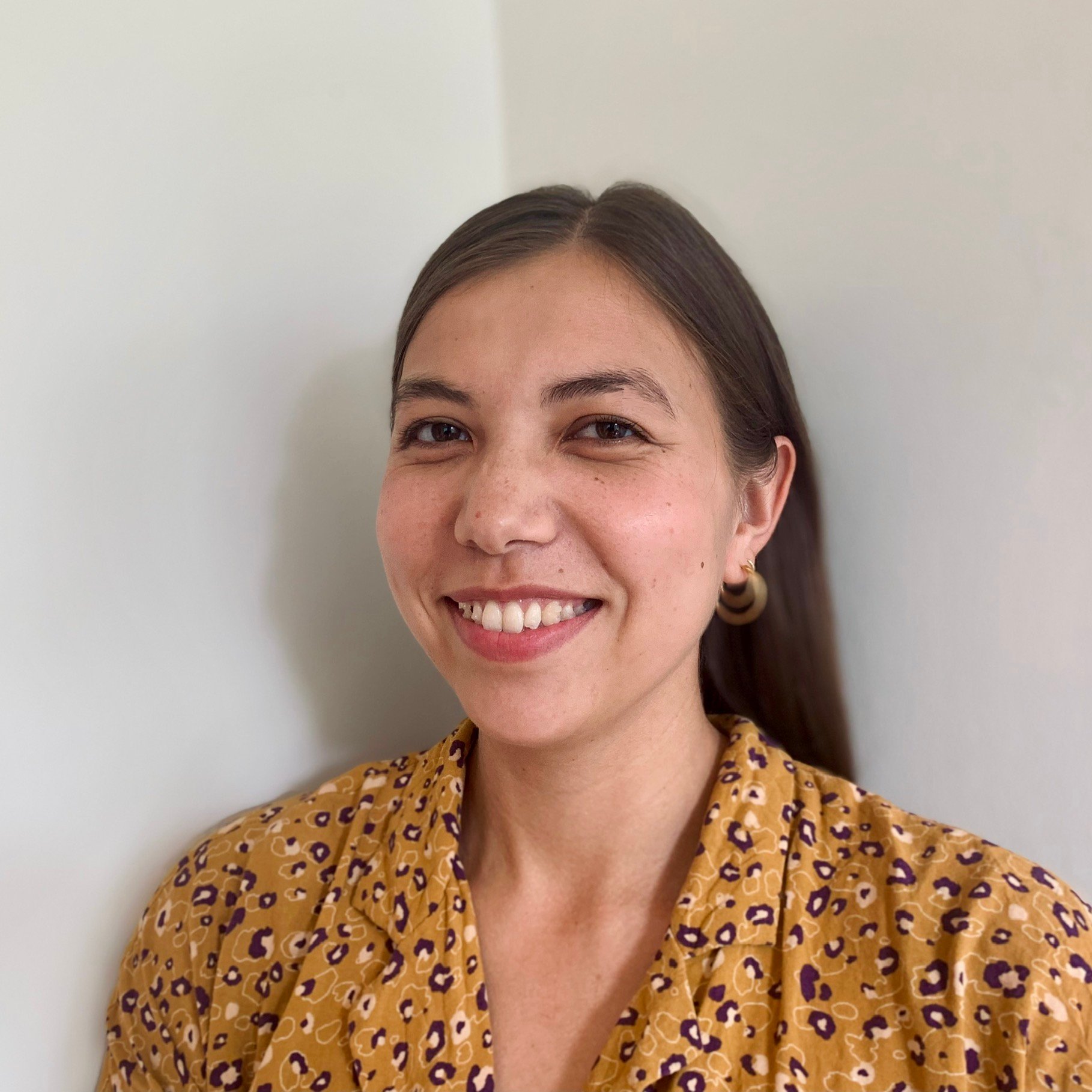One of the most impactful books I’ve read this year is Designing Your Life: How to Build a Well-Lived, Joyful Life, a phenomenal guide by Bill Burnett and Dave Evans, who lead the Design Program at Stanford University. Evans and Burnett break down the principles of design thinking and demonstrate how they can be used to build a life that is connected, fulfilling, and most of all, created by you and for you.
Evans and Burnett mostly teach adults, many of whom are searching for meaning and options, feeling stuck in their work, or are simply ready to make a change. However, as I read the book, I couldn’t help but see parallels between these critical junctures in adults’ lives and the choices that many high schoolers are making about their future. As a high school junior and senior, I was faced with a plethora of decisions about my future: Where will I attend college? What am I looking for in a community? How should I best spend my time? What if I make the wrong decision?
I wish someone had handed me a copy of Designing Your Life when I was considering these questions. Evans and Burnett show that generating multiple ideas about your future are more important than making a singular right choice. These ideas may not always come to be, but they demonstrate that there are multiple ways of living a great life.
With this in mind, I wanted to share a design exercise that Burnett and Evans outline in the book, called “Odyssey Planning.” This exercise asks you to outline three very different five-year plans for yourself: different locations, different career choices, different paths of study, different communities. The point of this is to help you see the potential that exists during the next few years. There are many paths toward living a life that you love; let’s imagine what those paths might look like.
I’ve adapted this exercise with high schoolers in mind, but all ages are also welcome to join in!
Odyssey planning: five years, three different visions (adapted from Designing Your Life by Bill Burnett and Dave Evans)
What You Need:
- three pieces of paper
- a writing utensil
- your brain
Step 1: Draw a timeline for the next five years on each of your sheets of paper.
This could simply look simply like a line with 1-5 written across it, or you can come up with your own version.
Step 2: Take your first timeline. The theme of this TIMELINE is “That Thing You Do.”
This is the timeline where you imagine the straightest path forward from where you already are. For example, if you love biology and think you may want to go to medical school, outline what the next five years might look like. Outline what happens in Year 1, 2, 3, and so on. Include non-career and non-school aspects of your life: What do you do for fun? Where are you? What relationships do you cultivate?
Step 2: Take your second timeline. The theme of this timeline is “That Thing You’d Do If Thing One Was Suddenly Gone.”
If you lost interest in biology and realized that medical school wasn’t for you, what would you do? How would you spend your time? What interests would you cultivate? As in your first timeline, make sure to include what you envision for yourself outside of work and school.
Step 3: Take your third timeline. The theme of this timeline is “The Thing You’d Do if Money or Image Was No Object.”
How would you spend the next five years in this scenario? What passions would you cultivate? What connections would you make?
This exercise alone may not result in a clear-cut picture of how to move forward, but it should remind you that you have great ideas about how to live your life. You are not stuck when you have good ideas; the possibilities are truly endless when you apply design thinking.
For more design ideas, please check out Designing Your Life!

Comments